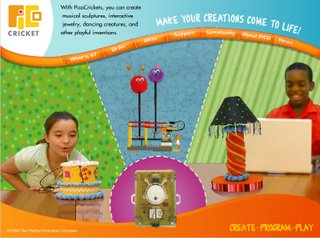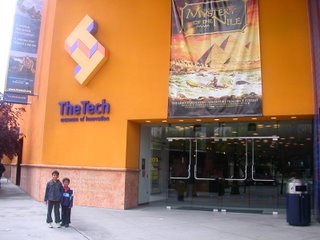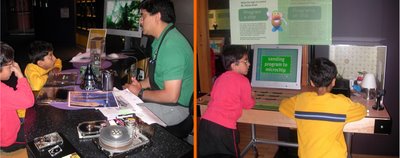
Web 2.0 is a buzzword that many of you may have come across in your wanderings around the Internet. In fact educatorslog.in, too, is using Web 2.0 technologies like blogging and tagging, to facilitate bringing people together to discuss issues, share and organize (through tags and categories) resources, and participate in a common space.
Among the common Web 2.0 technologies are blogs, wikis, RSS, tag-sharing (folksonomies) tools like del.icio.us, mashups (bringing together information from various sites to create a more "unified" or "integrated" experience, like in Google Maps). Social networking sites like Facebook & Orkut, and video/photo sharing sites like Flickr & YouTube which bring together elements of the aforementioned technologies are all part of the "Web 2.0" revolution.
Probably the most important "affordances" of Web 2.0 are sharing, collaboration and the ease with which anyone can create/publish content (text, audio, video, or a combination of these) on the internet. This new generation Web is a great leveler, in some sense, where one does not have to be a web developer or geeky programmer to publish his/her thoughts, stories, artwork, stories, photos, video clips, on the Internet.
(You can find tons of information on "web 2.0" on the Internet, including videos on youtube. I found this slideshow and this one interesting, although someone completely unaware of the concept may find it hard to get it without any accompanying commentary or notes, but they may be worth a viewing, anyway).
After that rather long drawn-out introduction, I guess I should come to what I really wanted to share - an interesting slideshow titled "Creative Web 2.0 Learning" which focuses on the idea of "Library 2.0" but also describes in several interesting slides the meaning of web 2.0 technologies in education.
Slide #8 is referring to this impressive youtube video - The Machine is Us/ing Us which provides a definitive look at the web 2.0 interaction paradigm. I think slide #16 is a good description of web 2.0, and slide #24 provides a wonderful look at where education is, or should be, headed in this century, especially when we have at our disposal these great technologies of the "read-write" web (another way of describing "web 2.0") --
* Formal Learning Spaces --> Informal Learning Spaces
* Mass Learning --> Personalized Learning
* Competitive (or I would call this "Individual") --> Collaborative learning & assessment
* Restricted & Constructed --> Creative & Extended
* Instruction --> Personal Author & Innovator
* Content --> Knowledge & Understanding





